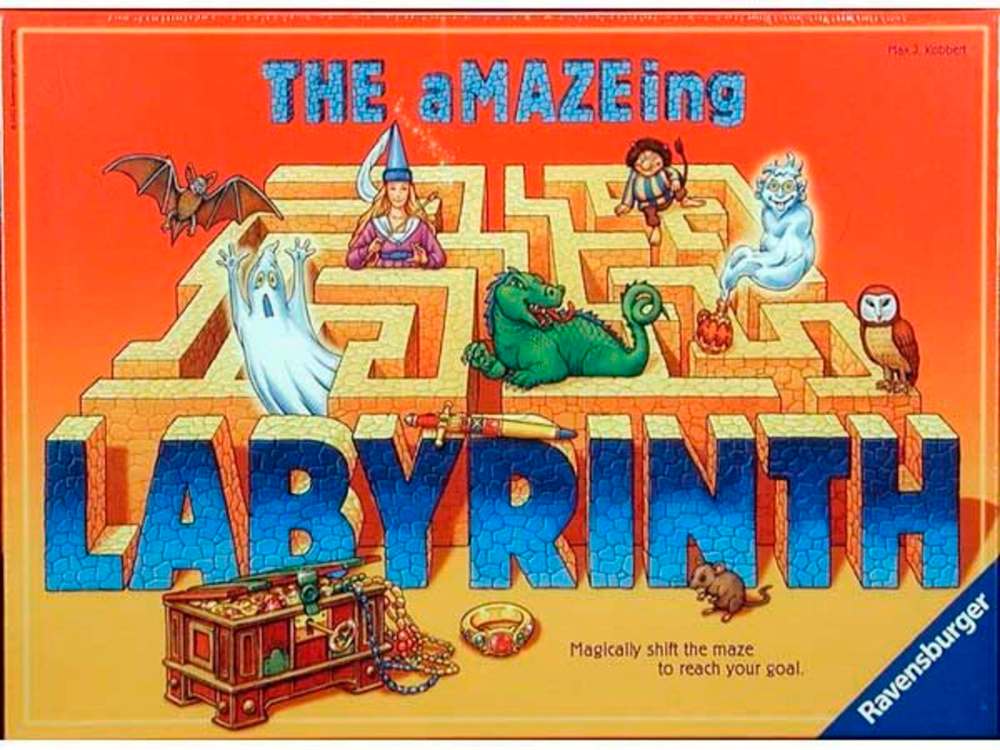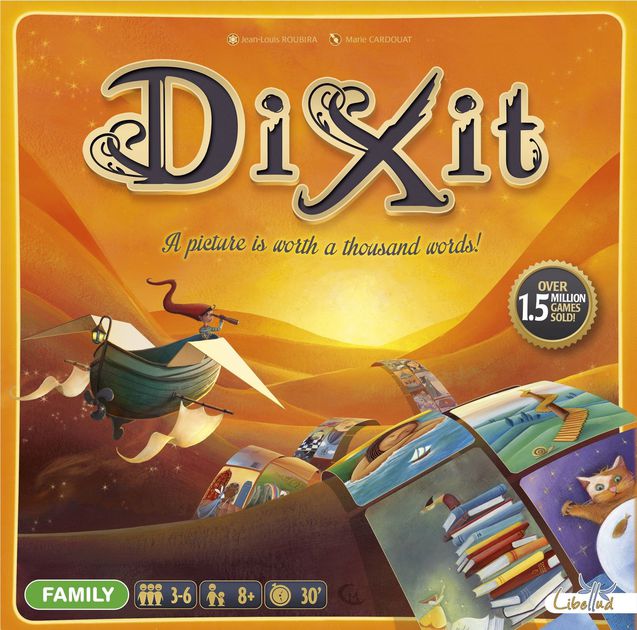The play’s the thing
Constructive, fun ways to pass time during isolation
Advertisement
Read this article for free:
or
Already have an account? Log in here »
To continue reading, please subscribe:
Monthly Digital Subscription
$1 per week for 24 weeks*
- Enjoy unlimited reading on winnipegfreepress.com
- Read the E-Edition, our digital replica newspaper
- Access News Break, our award-winning app
- Play interactive puzzles
*Billed as $4 plus GST every four weeks. Offer only available to new and qualified returning subscribers. Cancel any time.
Read unlimited articles for free today:
or
Already have an account? Log in here »
Hey there, time traveller!
This article was published 21/03/2020 (1777 days ago), so information in it may no longer be current.
As the global spread of COVID-19 causes more people to social distance and self-quarantine, keeping ourselves entertained in our homes will likely become its own challenge. Kids are about to stay home from school for the foreseeable future, while parents are asked to stay out of the office. Even though this involuntary time away from work does sound like fun on the surface, it can also be a source of some stress and adjustment.
What can we do with all this free time to make sure our mental health remains intact while we face this adjustment within our family units?
Of course, there’s binge-watching TV, spending time on our devices, or video games. Eventually these forms of distraction can lead to even further isolation. After all, this should be a time when we also take the importance of our mental health into account. If you would like to do something that involves interacting with others in a meaningful way, while doing something positive to improve your mental well-being, playing a board game might be the perfect activity for the weeks ahead. Not only will it help keep up your spirits, it can also provide you with an opportunity to take your mind away from the stresses all around us.
Here are my top suggestions for games that will be guaranteed to keep you and your family entertained for the weeks ahead:
Games for the whole family:
Dixit
3-6 players,
Ages 6 and up
A great game to stimulate imagination. One player is the storyteller for the turn and looks at the images on the six cards in her hand. From one of these, she makes up a sentence and says it out loud (without showing the card to the other players).
Each other player selects the card in their hands which best matches the sentence and gives the selected card to the storyteller, without showing it to the others.
The storyteller shuffles the initial card with all the received cards. All pictures are shown face up and each player has to bet upon which picture was the storyteller’s.
River Dragons
2-6 players
Ages 8 and up
In this visually beautiful game, you want to move your pawn over a system of bridge-like planks to the other side of the board. An easy task! Or it would be if everyone were working together, but alas, you’re not. Instead you’re all working on your own right next to one another, each convinced that your way is best. In game terms, players simultaneously select five action cards to be performed from the nine actions available and lay them down in the order they are to be played. The turn is then resolved one card at a time. The actions allow players to place plank foundations, place planks, move their pawns, cancel other players’ actions, or remove planks or foundation stones. As can be expected for a design with simultaneous action selection, the game is rather chaotic.
Magic Maze
1-8 players
Ages 8 and up
A real-time, co-operative game with a frantic fun element. Each player can control any hero in order to make that hero perform a very specific action while running through a shopping mall, to which the other players do not have access. Move north, explore a new area, ride an escalator… all this requires rigorous co-operation between the players in order to succeed at moving the heroes prudently. However, you are allowed to communicate only for short periods during the game; the rest of the time, you must play without giving any visual or audio cues to each other. If all the heroes succeed in leaving the shopping mall in the limited time allotted for the game, each having stolen a very specific item, then everyone wins together.
L.L.A.M.A.
2-6 players
Ages 8 and up
In this Uno-style card game, each player starts a round with six cards in hand; the deck consists of llama cards and cards numbered 1-6, with eight copies of each. On a turn, the active player can play a card, draw a card, or quit. To play a card, you must play the same number as the top card of the discard pile or one number higher. If a 6 is on the discard pile, you can play a 6 or a llama, and if a llama is on top, you can play another llama or a 1. If you quit, you place your remaining cards face down and take no further actions in the round and collect minus points. Once a player reaches 40 points, they lose the game.
Carcassonne
2-5 players
Ages 8 and up
This easy-to-learn, light strategy game, is a tile-placement game in which the players draw and place a tile with a piece of southern French landscape on it. The tile might feature a city, a road, a cloister, grassland or some combination thereof, and it must be placed adjacent to tiles that have already been played, in such a way that cities are connected to cities, roads to roads, et cetera. Having placed a tile, the player can then decide to place one of his meeples on one of the areas on it: on the city as a knight, on the road as a robber, on a cloister as a monk, or on the grass as a farmer. When that area is complete, that meeple scores points for its owner.
Games for Kids:
Clack!
2-6 players
Ages 5 and up
Its title refers to the sound that the magnetic discs in the game will make when you slap one against another — and slap them together you will as you’re trying to claim the right discs as quickly as possible. All 36 discs are laid out face up so that everyone can see the coloured symbols on them. One player rolls the two dice — one showing colours, the other symbols — then everyone simultaneously tries to grab any discs showing the coloured symbol determined by the die roll. When all the discs have been claimed, the game ends and the player with the most discs wins!
Labyrinth
2-4 players
Ages 6 and up
In this charming logic game, the game board has a set of tiles fixed solidly onto it; the remaining tiles that make up the labyrinth slide in and out of the rows created by the tiles that are locked in place. One tile always remains outside the labyrinth, and players take turns taking this extra tile and sliding it into a row of the labyrinth, moving all those tiles and pushing one out the other side of the board; this newly removed tile becomes the piece for the next player to add to the maze. Players move around the shifting paths of the labyrinth in a race to collect various treasures. Whoever collects all his treasures first and returns to his home space wins.
Enchanted Forest
2-6 players
Ages 6 and up
A visually beautiful, fairy-tale-themed game. One treasure is hidden under each tree in the forest. As you move from tree to tree, you get to peek at the treasures you find. Can you remember where each one is hidden? When the king asks where one of the treasures is, players race to reach the castle with the right information. Whoever is able to remember the most symbols under the trees will be the winner.
King of Tokyo
2-6 players
Ages 8 and up
Players take the roles of mutant monsters, gigantic robots, and strange aliens – all of whom are destroying Tokyo and whacking each other in order to become the one and only King of Tokyo.
At the start of each turn, you roll six dice. Over three successive throws, choose whether to keep or discard each die in order to win victory points, gain energy, restore health, or attack other players. The fiercest player will occupy Tokyo, and earn extra victory points, but that player can’t heal and must face all the other monsters alone! In order to win the game, one must either destroy Tokyo by accumulating 20 victory points or be the only surviving monster once the fighting has ended.
Games for solo play:
Nemo’s War
1-4 players,
Ages 13 and up
This game is aimed at a seasoned board gamer who would like to spend a few hours on a game of slightly higher complexity. Jules Verne’s classic novel Twenty Thousand Leagues Under the Sea tells the story of Captain Nemo and his astounding ship, the Nautilus. Set in year 1870, you set sail in this amazing electric-powered submarine, assuming the role and motive of Captain Nemo as you travel across the sea on missions of science, exploration, anti-imperialism and war. With this supercharged solitaire strategy game adaptation, you can prepare yourself for the adventure of a lifetime!
Friday
1 player
Ages 13 and up
Help Robinson Crusoe survive the island and prepare him to defeat the pirates.
Friday is a solitaire deck-building game in which you optimize your deck of fight cards in order to defeat the hazards of the island and two pirate ships. During a turn the player will attempt to defeat hazard cards by playing fight cards from their deck. If defeated, a hazard will become a fight card and is added to the players deck. If failed the player will lose life tokens but also get the opportunity to remove played cards from their fight deck. Finally, the player will use their optimized fight deck to defeat two evil pirate ships allowing Robinson Crusoe to escape the island!
Exit: The Game
1-6 players,
Ages 12 and up
There are many escape-room games on the market. They offer a great way to encourage teamwork and conversation. In the EXIT series players are trying to solve the riddles of a story in order to escape the room in time. A game that can be shared with other players, but it also offers a great solo play mode.
Chronicles of Crime
1-4 players
Ages 14 and up
A co-operative game of crime investigation, mixing an app and a board game that can easily be played in solo mode. With the same physical components (board, locations, characters and items), players will be able to play plenty of different scenarios and solve as many different crime stories. Players start the app, choose the scenario they want to play, and follow the story. The goal being to catch the killer of the current case in the shortest short time possible. Each component (locations, characters, items, etc.) has a unique QR code, which, depending on the scenario selected, will activate and trigger different clues and stories. The game comes with one tutorial and five scenarios, but more can be downloaded directly inside the app.

Olaf Pyttlik
Board Game Columnist
Olaf Pyttlik is a Winnipeg board game enthusiast and co-owner of Across the Board Game Cafe.
Our newsroom depends on a growing audience of readers to power our journalism. If you are not a paid reader, please consider becoming a subscriber.
Our newsroom depends on its audience of readers to power our journalism. Thank you for your support.






